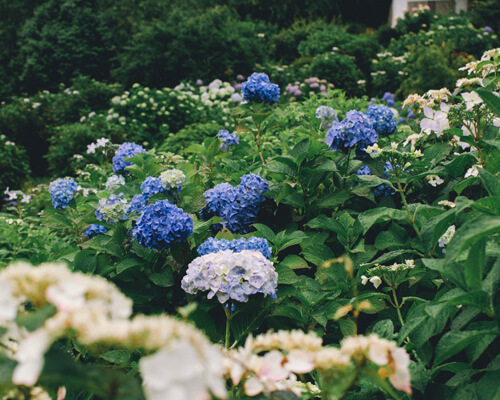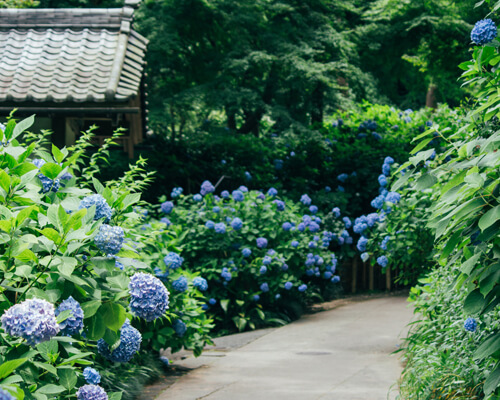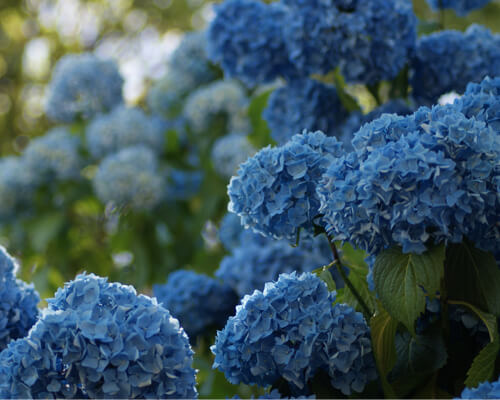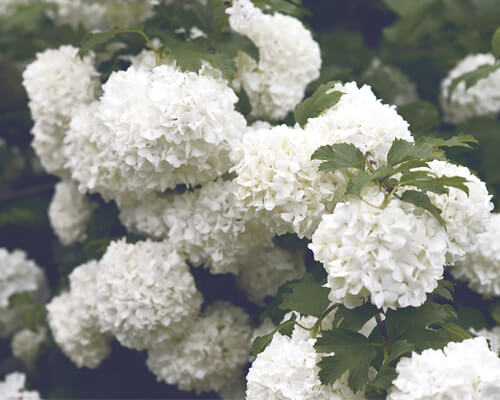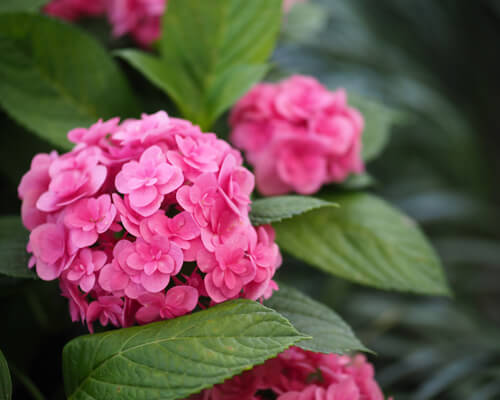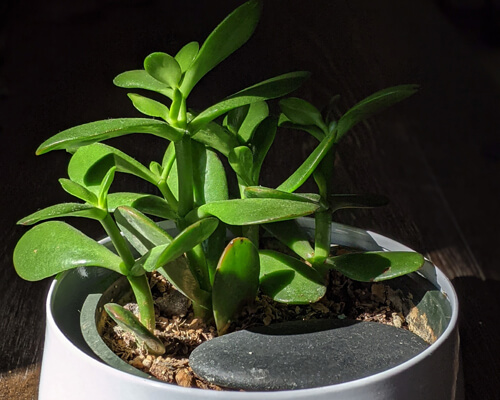Why is My Pothos Turning Yellow?

Do you have a pothos plant that you’re taking care of, but suddenly noticed its leaves turning yellow?
Don’t worry. Although it can be concerning to see changes in your beloved houseplant, there are often simple explanations and easy solutions to this issue.
In this blog post, we will go over some reasons why your pothos might be turning yellow, how to provide the right environment for success, and what actions you can take if the problem persists.
Keep reading for all the tips and tricks on keeping your pothos healthy.
11 Causes of yellow pothos leaves and how to fix Them?
1. Overwatering
The most common cause of yellow leaves in pothos plants is overwatering.
This can occur due to too much frequent watering, or in cases where the soil is not draining properly.
When the plant gets overwatered, the roots do not have enough oxygen to breathe and the leaves take on a yellow hue.
To fix this issue, reduce watering frequency and ensure that the soil drains easily by adding perlite or sand to it.
2. Too Much Sunlight
Too much direct sunlight can also lead to yellow leaves in pothos plants. As they prefer indirect light more than direct sun exposure.
If your plant is exposed to too much sunlight, move it a few feet away from a window.
And limit its exposure to sunlight to about two hours a day until the leaves turn green again.
3. Insufficient Fertilizer
Pothos plants need fertilizer in order to promote healthy growth and proper leaf coloration.
If you are experiencing yellowing leaves, check if you are giving your pothos plant enough fertilizer. As it may be getting insufficient nutrients from its current diet.
A balanced liquid fertilizer applied at least every month during active growing times should provide sufficient nutrition for your pothos plant.
4. Low Humidity
Because pothos plants come from tropical regions, they appreciate higher levels of humidity than other houseplants do.
Too little humidity can cause their leaves to turn yellow or brown.
A condition known as leaf tip burn or leaf scorch can be corrected by regular misting with water or by placing a humidifier near them during the dry winter months.
At this time, indoor humidity tends to be much lower than the normal level outdoors.
5. Temperature Fluctuations
Pothos plants thrive best when kept at temperatures between 65-85°F (18-29°C).
Sudden drops in temperature can stress out this plant and turn its tips yellow or brown.
Therefore, avoid drastic fluctuations in temperature and keep them away from drafty windowsills and air vents that could contribute to this problem.
Also, make sure that you do not place the plant near an air conditioner or heater.
This is because these devices produce hot air.
If placed too close and around ventilation for too long, it may damage the sensitive leaves of your greenery over time.
6. Poor Soil Drainage
Poorly drained soil does not allow oxygen to enter the root system of pothos plants, causing their leaves to become soft and droopy.
Over time, their leaves eventually turn yellow or brown.
Due to the lack of aeration around the base area, prolonged waterlogging problems can occur under the surface.
Therefore Try adding some coarse gravel and peat moss to the potting mixture.
After replanting these specimens, the needs of these green plants can be better met.
Therefore before attempting any transplanting work on deeply rooted specimens, choose the container size accordingly requiring larger pots.
7. Nutrient Deficiencies
Pothos plants need certain nutrients like nitrogen, phosphorus, and potassium in order for their leaves to stay green and healthy.
If these are lacking in their diet then symptoms such as yellowing of the leaves may occur due to nutritional deficiencies.
This can be corrected by monthly applications of a balanced liquid fertilizer suitable for houseplants during active growth.
Complete solution within a few weeks depends on how strong a dilution rate is used plus regular monitoring.
Check weekly for improvement comparisons and then decide to adjust nutrient concentrations accordingly based on visual observations.
8. Excess Salt Build Up
Many tap waters contain high concentrations of salts that can build up in the soil over time and cause discoloration of the leaves.
Bright yellow patches such as those along the veins of the leaves can sometimes be seen in certain parts of the leaves that are severely affected and others that are worse.
This depends on the total amount of severity concentration present and the intake consumption prior to the use of a filter.
9. Disease
Diseases such as powdery mildew and leaf spot can be another cause for yellow pothos leaves due to nutrient deficiencies caused by infection.
When this happens, remove affected plants from healthy ones and treat them with fungicides according to the manufacturer’s instructions.
In addition, keep the area around your plant free of debris so that diseases don’t spread easily among them.
10. Manganese Toxicity
One of the most common causes of yellow leaves in pothos plants is manganese toxicity.
Excess amounts of manganese in the soil can cause the leaves to become yellow, brittle and wilted, and even curl up.
This type of toxicity usually occurs when a plant has been over-fertilized with commercial fertilizer that contains high levels of manganese.
To fix this problem, it is best to flush out any excessive amounts of nutrients from the soil by watering and draining the soil several times to ensure that the excess is eliminated.
Furthermore, you should use fertilizers designed specifically for Pothos plants that contain lower levels of manganese or other minerals known to be toxic to Pothos.
Also, you should monitor your plant’s soil regularly, making sure it isn’t too wet or too dry as this can lead to nutrient deficiencies or overdoses as well.
11. Ethylene Damage
Ethylene is a natural gas that arises from deteriorating plant matter or malfunctioning greenhouse heaters that don’t provide enough airflow.
This can cause the leaves to turn yellow and beige and usually occurs in cooler weather like fall and winter.
In addition, if you have recently sprayed any fungicides on your pothos, this could also be contributing to the yellowing effect.
If so, try rinsing off your leaves with clean water to see if this helps.
Can yellow pothos leaves turn back to green?
No, unfortunately, yellow pothos leaves will not turn back to green.
In most cases, this change in color is due to environmental stress factors such as lack of light, inconsistent watering, or temperature fluctuations.
Once the damage has been done, it is impossible for the leaves to become green again.
Of course, if the underlying cause of why the pothos turned yellow in the first place can be corrected. Then new growth should eventually start appearing and these new leaves may be green in color.
However, it is important to note that the existing yellow leaves will still remain yellow and cannot be restored to their original color.
Conclusion
No matter the cause of your pothos turning yellow, it is important to take action immediately. Yellowing leaves can point to a nutrient deficiency or overwatering.
Regularly check your soil’s moisture and pH levels and add fertilizer if needed.
Additionally, make sure your pothos has plenty of light, but not too much direct sunlight as that can cause leaf scorch.
With the right nutrients and care, you’ll be sure to get your pothos back to their healthy green self in no time.

